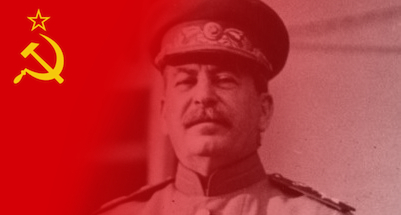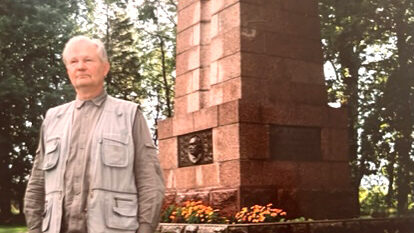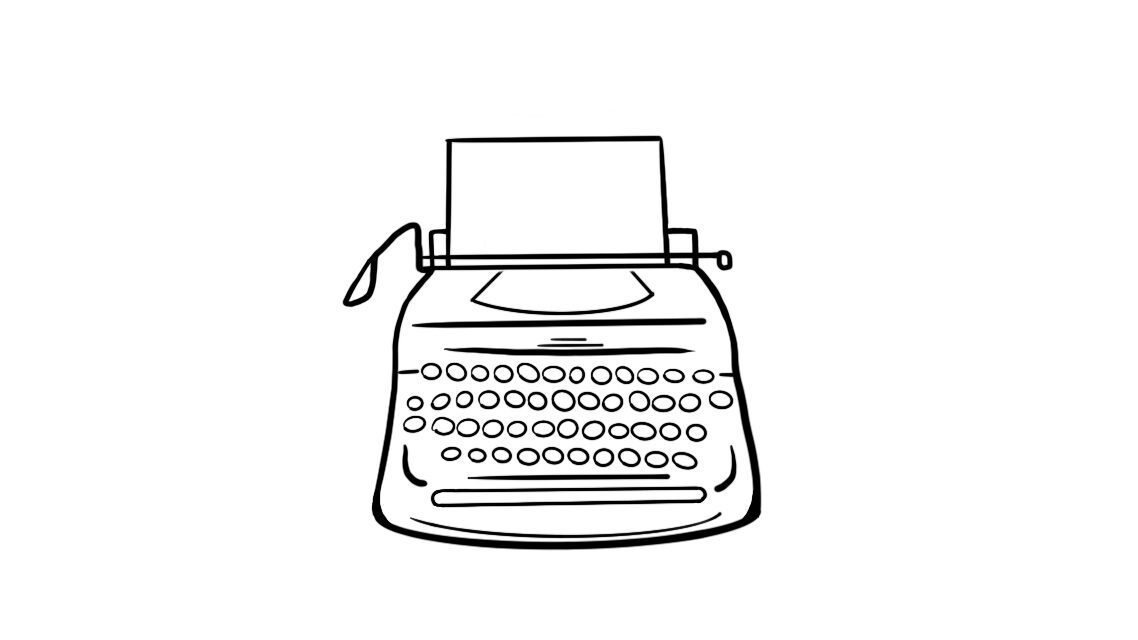one of the most provocative moves that Krushchev would make, a move that would alienate Leonid Brezhnev, a loyal apprentice up until then. The Thaw also included some economic reforms and an opening for international, educational and cultural contacts abroad, the admittance of foreign authors, movies, art exhibits, music, dance, fashion, participation in international sport. The Thaw resulted in the relaxation of censorship in the media and books, allowing for some freedom of information, liberalization in culture and arts, progress in entertainment programming on television, participation in international festivals.
As examples, some classical and ballet stars, filmmakers and musicians were allowed to make appearances abroad in the service of promoting Soviet culture. Under an agreement, the USA was allowed to publish a magazine, “Amerika” in the USSR and the Soviets were allowed to publish “USSR” in the States. In 1957 the 6th World Festival of Youth and Students was held in Moscow, allowing in 34 thousand participants from 130 countries for the first time. (Soviet defectors have exposed the Soviet-organized Youth Festivals as massive recruitment drives for the KGB and thoroughly orchestrated venues for Soviet propaganda.) In 1958 the first International Tchaikovsky Competition was held in Moscow, with an American pianist Van Cliburn winning. Krushchev himself presented the winner with his award. Some previously banned writers and composers were allowed to re-enter public life. Krushchev personally approved the publication of Aleksandr Solzenitsyn's “One day in the life of Ivan Denisovich”, which broke new ground by exposing the Gulag labour Camps and becoming an international sensation.
Though the Thaw required the removal of pro-Stalinists from leading Kremlin positions, the struggle between conservative and liberal factions continues to this day in a more contemporary from. Ironically, Krushchev, a favourite of Stalin and one of his accomplices in the Great Purge and other repressions, came under internal political fire from the hard-line Stalinist elite. They attempted to oust him from his leadership position in the Communist party. But with clever maneuvering, positioning himself with likely allies, Krushchev was able to withstand the attacks and eventually ruthlessly expelled his opponents from the party.
Krushchev's de-Stalinization inevitably had its hurdles. Stalin's country of heritage, Soviet occupied Georgian, took the changes as a national insult. During the third anniversary of Stalin's death in March of 1956 anti-Moscow mass demonstrations in Georgian led to the suppression of the demonstrators by the Soviet army resulting in dead and injured victims in Tbilisi.
Krushchev's attempts at reforming the Soviet industrial complex, the decentralization of some government bureaucracy to local management, the introduction of a minimum wage and other changes were opposed by all whose positions would be affected. It was obvious that Krushchev's power eventually started to erode.
Hungarians and Poles adopted some of Krushchev reforms, but when signs of Budapest's and Warsaw's intention to distance themselves from Moscow's control became apparent, the liberalization was brutally suppressed. A massive military invasion of Hungary in 1956 by the Soviet forces caused thousands of casualties as Hungarians stalwartly stood up to the tanks. Hundreds of thousands also fled to the West as refugees.
Political and social progress by the Polish population culminated in Moscow's refusal to allow any further liberalization. The trepidation and anger that perceived changes in Poland generated within the Soviet leadership was accompanied with fear of Moscow losing control, which would threaten Soviet hegemony and power in Eastern Europe.
Though the first de-Stalinization process was short-lived and had its rabid opponents, it affected Soviet society much beyond the de-mystifying and condemnation of Stalin. (To be continued.)
Laas Leivat




